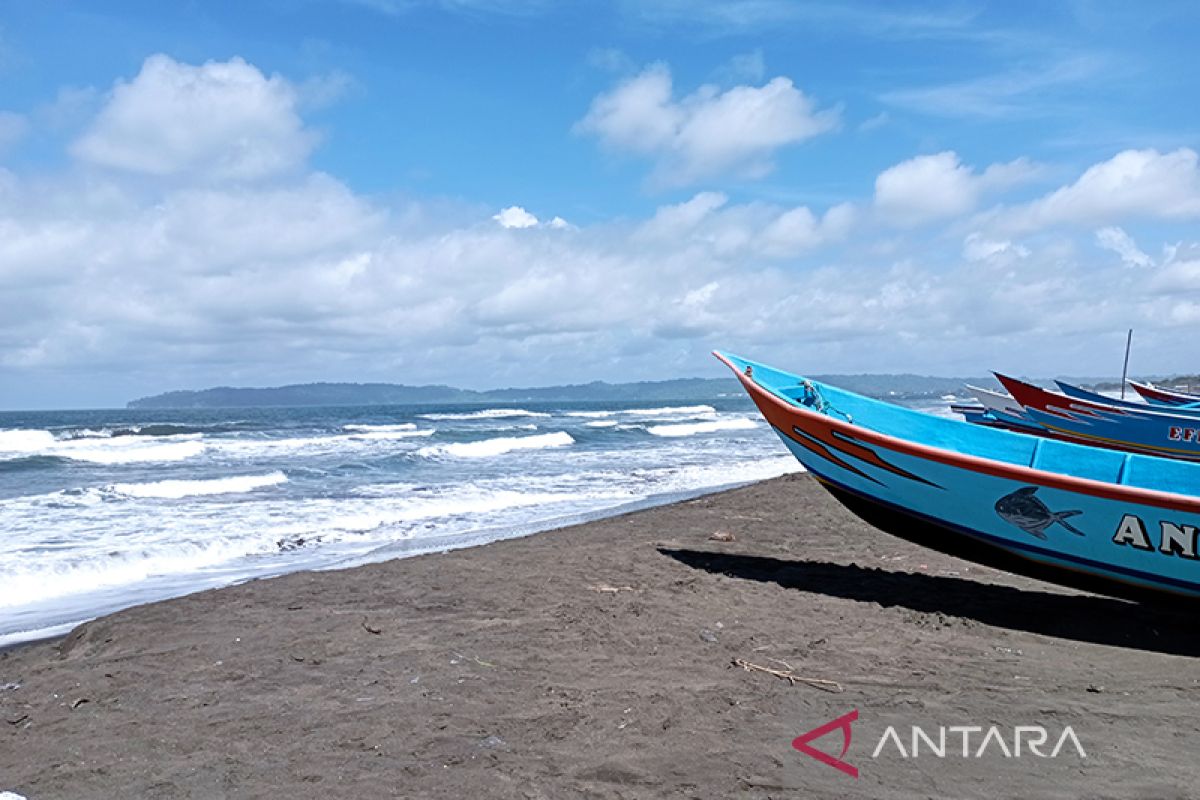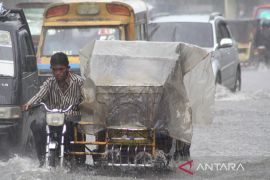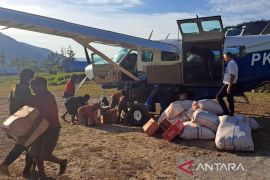"Yesterday, some (fishers) were still willing to set sail even for a short distance. However, today, (July 15), the majority, probably about 90 percent (of the total fishers in Cilacap that reached more than 12 thousand people) stopped venturing into sea and chose to moor their boats on land," Chairman of Cilacap HNSI Sarjono noted in Cilacap on Friday.
According to the chairman, most opting to not sail were small-scale fishers, with boat capacity of below five gross tonnage (GT).
Meanwhile, Sarjono remarked that fishers, with large-sized boats, had set out to sea and were in the Indian Ocean to fish for tuna, skipjack tuna, and several other species.
Sarjono admitted that some small-scale or traditional fishers desperately attempted to sail despite the presence of high waves.
"Various types of fish began to appear in the southern waters of Central Java, especially Cilacap, so fishers left for sea in the early morning and returned to the land at noon," he remarked.
On a separate occasion, the Cilacap Meteorology, Climatology and Geophysics Agency's (BMKG's) technician group head, Teguh Wardoyo, said that his side had again issued an early warning for high waves until July 17, 2022.
"We issued an early warning because the height of waves in the southern waters of West Java to Yogyakarta can potentially reach four to six meters," Wardoyo stated.
According to Wardoyo, the high waves were influenced by wind patterns in the southern part of Indonesia, dominantly moving from east to southeast, with wind speeds ranging from five to 30 knots.
Related news: BMKG warns of up to four-meter-high waves in Maluku waters
Related news: BMKG forecasts six-meter-high waves in southern sea of Java
Translator: Sumarwoto, Kenzu T
Editor: Rahmad Nasution
Copyright © ANTARA 2022












